I was using a motor driver breakout board with a L293D IC on it, along with a 7805 voltage regulator and a couple of capacitors.
I have been using it for 4-5 months and the wire connections stayed the same. Everything was well connected. Last night it suddenly stopped working and there was huge amount of smoke coming out of the board. Upon inspection I figured out that the IC was burnt.
I am unable to figure out why. Maybe I'm missing some huge part in my knowledge. Any help in figuring out what went wrong would be really helpful.
Would it be safe to use the same board after replacing the wasted IC?


